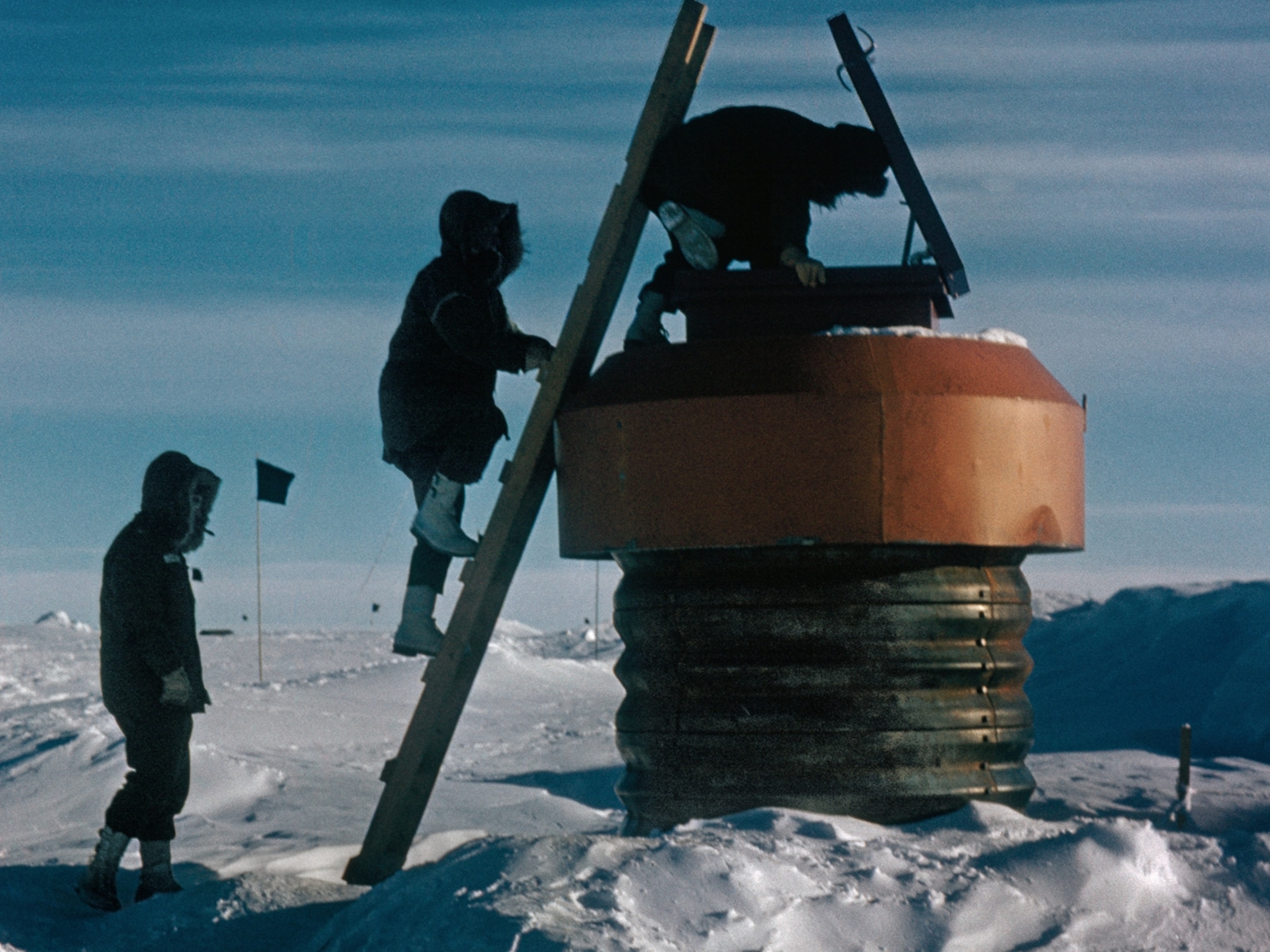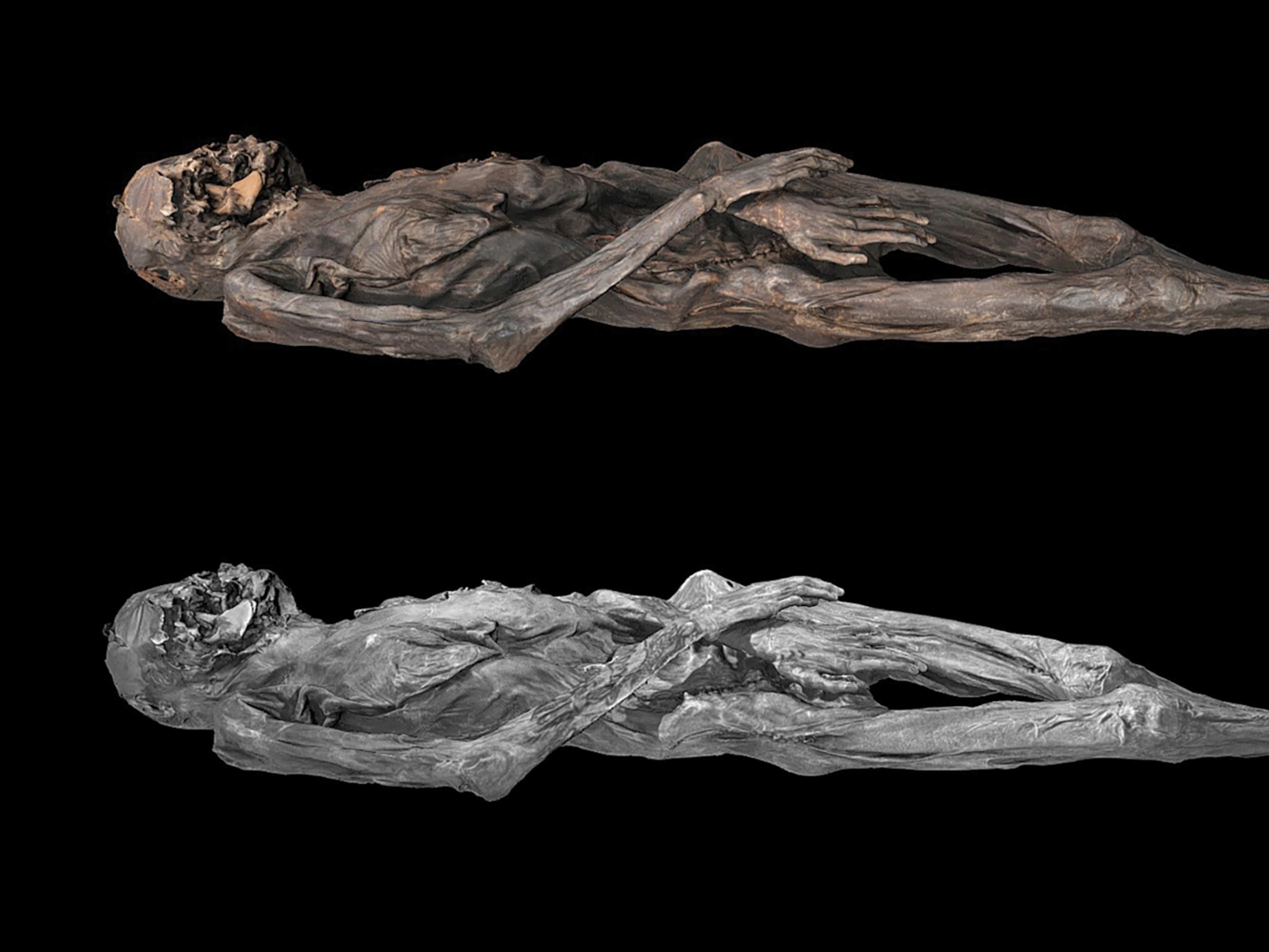
Beijing's Forbidden City Built on Ice Roads
Ice sledges carried monumental stones to the Forbidden City in the 15th century.
Beijing's builders relied on ice roads centuries ago to transport the massive carved stones of the famed Forbidden City from quarry to construction site, an international engineering team reports. The find confirms folklore long discounted by textbooks.
Lubricated with water, the ice roads were built during winter months and extended 43 miles (70 kilometers), concludes the team led by Jiang Li of the University of Science and Technology Beijing.
A World Heritage Site, the Forbidden City in the center of Beijing was the seat of Chinese imperial power from 1416 to 1911. Once forbidden to outsiders, the city's palaces were built of massive stones in the 15th and 16th centuries. (See "Forbidden City—China.")
"How in the world did they get these massive rocks to Beijing?" says Princeton engineer Howard Stone, a co-author on the Proceedings of the National Academy of Sciences report. "It raises tremendous engineering questions."
Carved with dragons and clouds, the "Large Stone Carving" that graces the stairway to the Hall of Preserving Harmony, for example, weighs more than 300 tons (272 metric tonnes).
A tourist attraction today, the Large Stone Carving is 55 feet (16.8 meters) long, 10 feet (3 meters) wide, and more than 3 feet (about a meter) thick. Once only Chinese emperors, borne by porters, were allowed to traverse its carved surface.
Engineering Enigma
Ancient cultures from Egypt to Stonehenge to Easter Island have employed masses of men and animals to haul colossal statues or stones using rollers or sheer muscle power. And placards in the Forbidden City mention ice roads being used to shepherd its stones to Beijing. (See "Stonehenge Revealed.")
But engineering histories don't mention the icy innovation, Stone says, instead stressing that Chinese inventors had created the spoked wheel by 1500 B.C., enabling wagons to do the job.
So Stone, Li, and colleague Haosheng Chen of Tsinghua University in Beijing—the latter two are experts in the study of friction—decided to investigate the story after a visit last year to the Forbidden City.
Not an Ancient Chinese Secret
After a search for archival documents, Li found a 500-year-old Chinese record claiming that in 1557, a 123-ton (112-metric-tonne) stone was transported over 28 days to the Forbidden City from a quarry by ice sledge.
The same document recorded a dispute among imperial officials in 1596 over how to bring more stones to the Forbidden City. Mules and wagons were cheaper, some argued, but men and sledges were safer ways to haul the expensive stones.
In fact, the study team's analysis finds that Chinese wagons of the 16th century couldn't have hauled stones heavier than 96 tons (87 metric tonnes).
Analysis of various sledge techniques, such as rollers, wooden planks on the ground, or even ice roads alone, finds that these methods provide too much friction to be practical.
Ice Highway
Instead, the team concludes that an "artificial ice path" was created in the winter along the roads from a quarry 43 miles (70 kilometers) away from the city. The path was lubricated with water as the sledges passed carrying the stones.
The ice highways stretched from quarry to city and crossed several rivers. The stones were pulled by teams of as few as 46 men. The teams would lubricate the ice roads with water from wells spaced every half-mile along the road, as reported in the documents.
"Some people have asked if the wells are still there. It would be interesting to look for them," Stone says. Keeping the ice wet would cut friction down to one-seventh that of bare ice.
Lubricated in this fashion, the stones would have slid along at a stately 0.18 miles (0.29 kilometers) an hour, the analysis finds. That would be fast enough for the ice road's surface to remain wet as the stones passed, before the water refroze.
Analysis shows that the 25°F (-3.7°C) average winter temperatures in Beijing in January at the time would have produced hard enough ice to easily bear the weight of the stones.
Monumental Tasks
"I'm not surprised. If you get enough people, enough rope, and enough time, you can move just about anything," says archaeologist Charles Faulkner of the University of Tennessee, Knoxville, who was not on the study team. "And they had a lot of time. And a lot of people."
The historic ice roads represent an elegant solution to an engineering problem, Stone says. The cold winters of northern China and the country's imperial organization resulted in the creation of an "ice lubrication" technique that preceded its scientific development in the 18th century, Stone says.
"The Chinese organized the Great Wall and other huge public monuments," Stone says. "They certainly knew what they were doing."
Follow Dan Vergano on Twitter.





